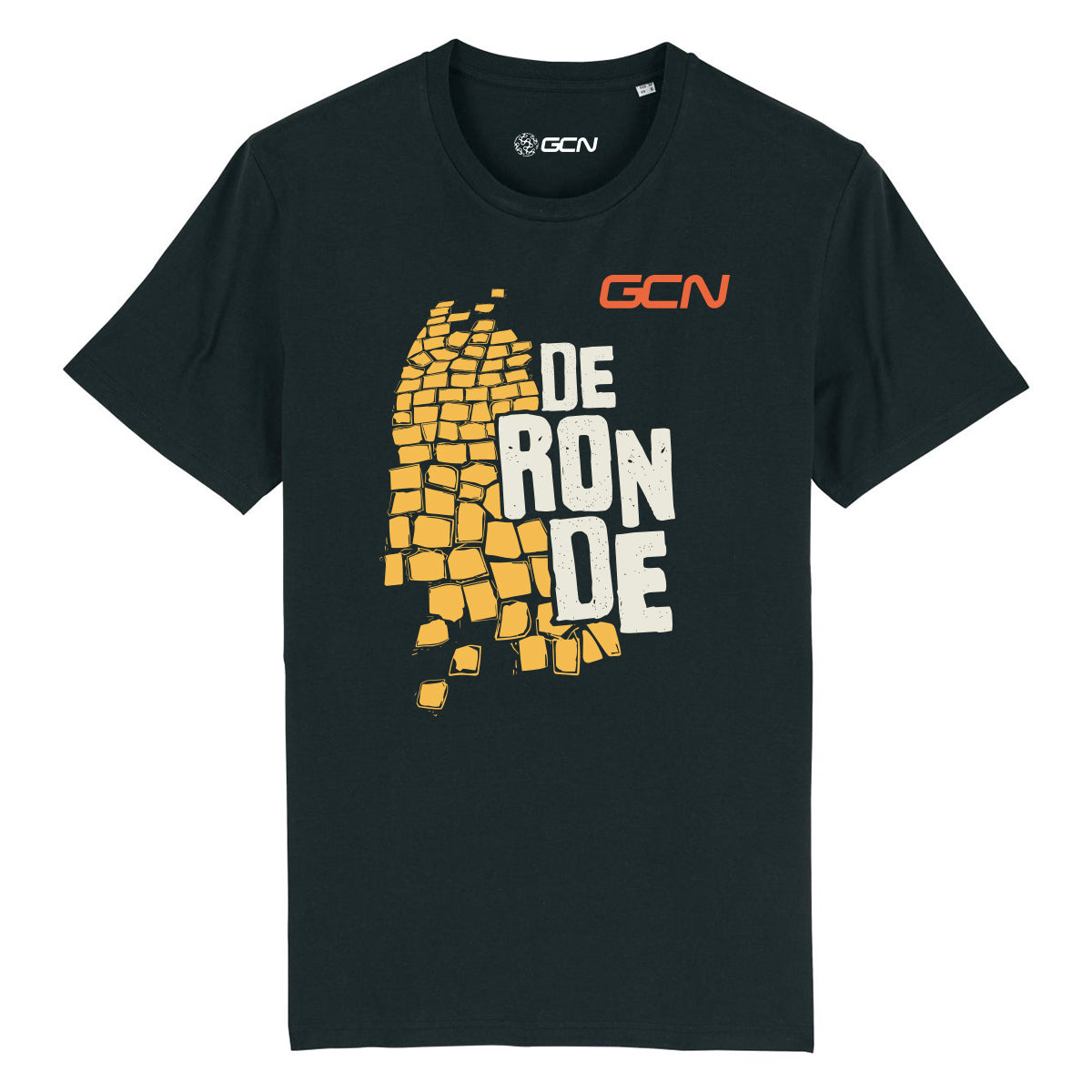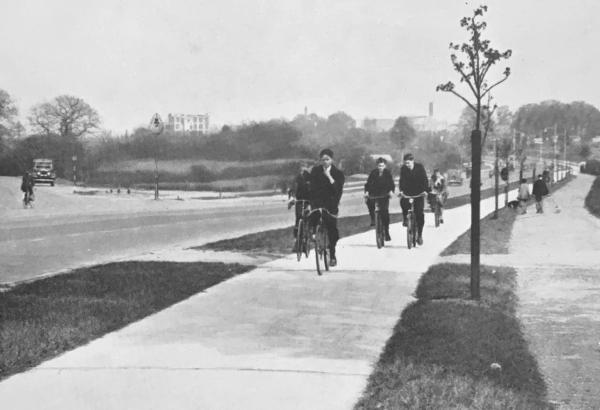The top 10 cycling climbs in Flanders
From the vicious Paterberg and Koppenberg, to the legendary Muur de Geraardsbergen and the epic Oude Kwaremont, here's our guide to the most popular climbs in northern Belgium
Patrick Fletcher
Deputy Editor
© Kramon / Getty Images
Flanders is host to an array of short but spectacular climbs
Flanders is one of the best places you could wish to ride a bike. This portion of northern Belgium is bejewelled with short climbs, sharp cobblestones, and a richer cycling culture than you’ll find anywhere else in the world.
Flanders is the northernmost region of Belgium, stretching from the French border in the west, over to the Dutch border in the east. Flemish is the language spoken here, unlike French in the Wallonia region to the south, but cycling is the unofficial second language. Cycling, and bike racing, are deeply entwined in Flemish culture, with an astonishing array of junior kermesse races all the way up to the legendary Tour of Flanders, one of pro cycling’s oldest and most prestigious events.
The beauty of cycling, of course, is that anyone and everyone can ride on the same roads as the pros, and the Flemish Ardennes in particular offer an endless array of ‘hellingen’ - small hills, many of which are still paved with ‘kasseien’ - cobblestones.
We’ve picked out the top 10 climbs in Flanders, ranking them by popularity according to Strava - taking the number of people on the leaderboard for each. The segments we're using come from the Cycling in Flanders' Flandrien Challenge, a collection of 59 climbs, which GCN’s Ollie Bridgewood ticked off in one go a couple of years ago.
1. Paterberg
- Strava footfall: 106,017
- Stats: 0.35km / 11.7%
- KOM: Jens Vanden Heede - 0:44
- QOM: Lorena Wiebes - 1:08

© Kramon
The Paterberg climb
The most popular climb in Flanders is the mighty Paterberg, a short but oh-so-sharp beast made famous by the Tour of Flanders. In fact, it’s the steepest climb, in terms of average gradient, of all the climbs on this list and, at barely 300 metres long, it’s also one of the shortest.
The Paterberg juts straight up a farming hillside in a straight line and seemingly ratchets up to the point where most of us are grinding the smallest gear, gritting our teeth, and hoping for the best. Legend has it that a local farmer paved it with cobblestones in a bid to have it included in the Tour of Flanders. It worked, and it now plays a starring role as the final climb in the beloved ‘Ronde’, ahead of the run-in to Oudenaarde. In fact, it’s tackled twice in combination with the Oude Kwaremont, a longer, more irregular beast lined with VIP tents on race day.
It’s surprising, then, that the Paterberg has so much more footfall than the Kwaremont, given the two are separated by only a few kilometres and given the opportunity to recreate the entire finale of one the sport’s greatest races.
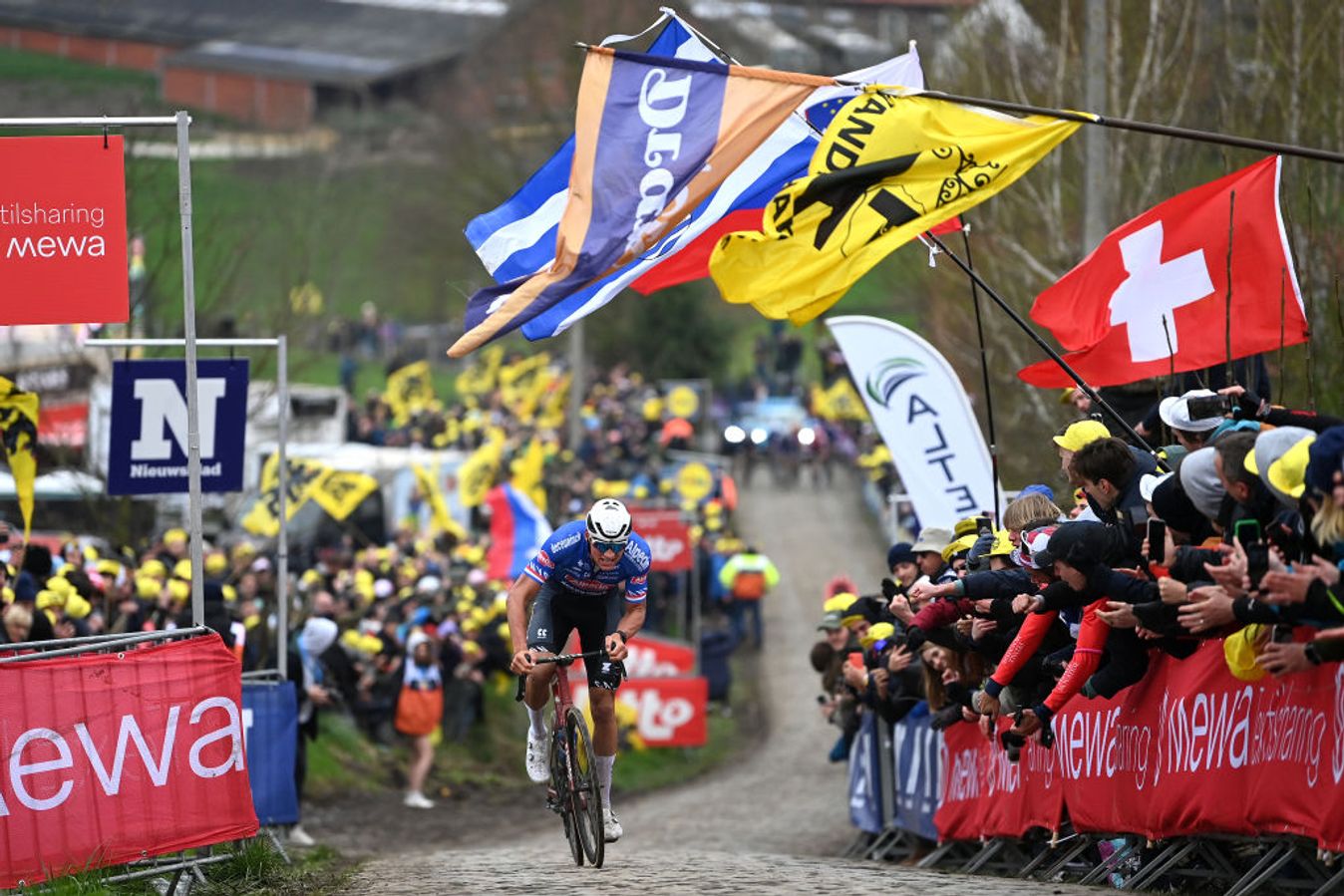
© Getty Images
Mathieu van der Poel climbs the Paterberg in the 2023 Tour of Flanders
The KOM and QOM here are not from the Tour of Flanders. The men’s comes from a local KOM hunter, in a 60km ride titled with a crown emoji, while the women’s comes from a leading pro but actually from a reconnaissance ride. There are two key factors at play here. First of all, the Paterberg comes so deep into the Tour of Flanders that legs are severely dulled by that point, and secondly, on race day the smooth strip of concrete ‘gutter’ is fenced off by the barriers keeping the fans at bay, giving day-trippers an advantage over the pros who are forced onto the roughest surface.
In any case, anyone who makes it up the Paterberg is a winner and will have lasting memories of one of the best things you can do on a bike.
Pair it with: Turn left at the top, like the pros do, and tick off the 10km run-in to Oudenaarde for a coffee or a beer. The main road has space for bikes but the dedicated bike path is a nicer experience - just don’t accidentally turn onto the Koppenberg.
2. Koppenberg
- Strava footfall: 95,213
- Stats: 0.55km / 11.1%
- KOM: Lance Decabooter - 1:39
- QOM: Luce Feder - 2:00

© Getty Images
The Koppenberg is a spectacular climb
Speaking of the Koppenberg, cycling’s most walked climb is the second most popular in Flanders, and arguably the hardest. The average gradient is not quite as severe as the Paterberg but then it’s nearly twice as long and, after a shallower start, it certainly matches it on the maximum gradient front.
What sets this apart from Paterberg and everything else, though, are the cobblestones themselves. Put simply, they are a nightmare. They seem to be bigger, dirtier, and rougher than anything else around, draining your momentum with every bump. And that’s just in the dry. In the wet, they take on a new dimension, seemingly bringing out a perma-grease that wipes away all traction.
Many, even pros, have to step off – if they can avoid falling over completely, that is. Once off the bike, there’s little chance of getting going again from a standing start, so riders can regularly be seen proceeding on foot. There are bragging rights for anyone who crests it under two wheels, and the sheer difficulty of this climb is underlined by the fact that the Strava KOM is at an average speed of 20.3km/h - itself a full 1.2km/h faster than the second-best time. For reference, that speed wouldn’t land you in the top 100 on the Paterberg, where the best speeds are above 25km/h.
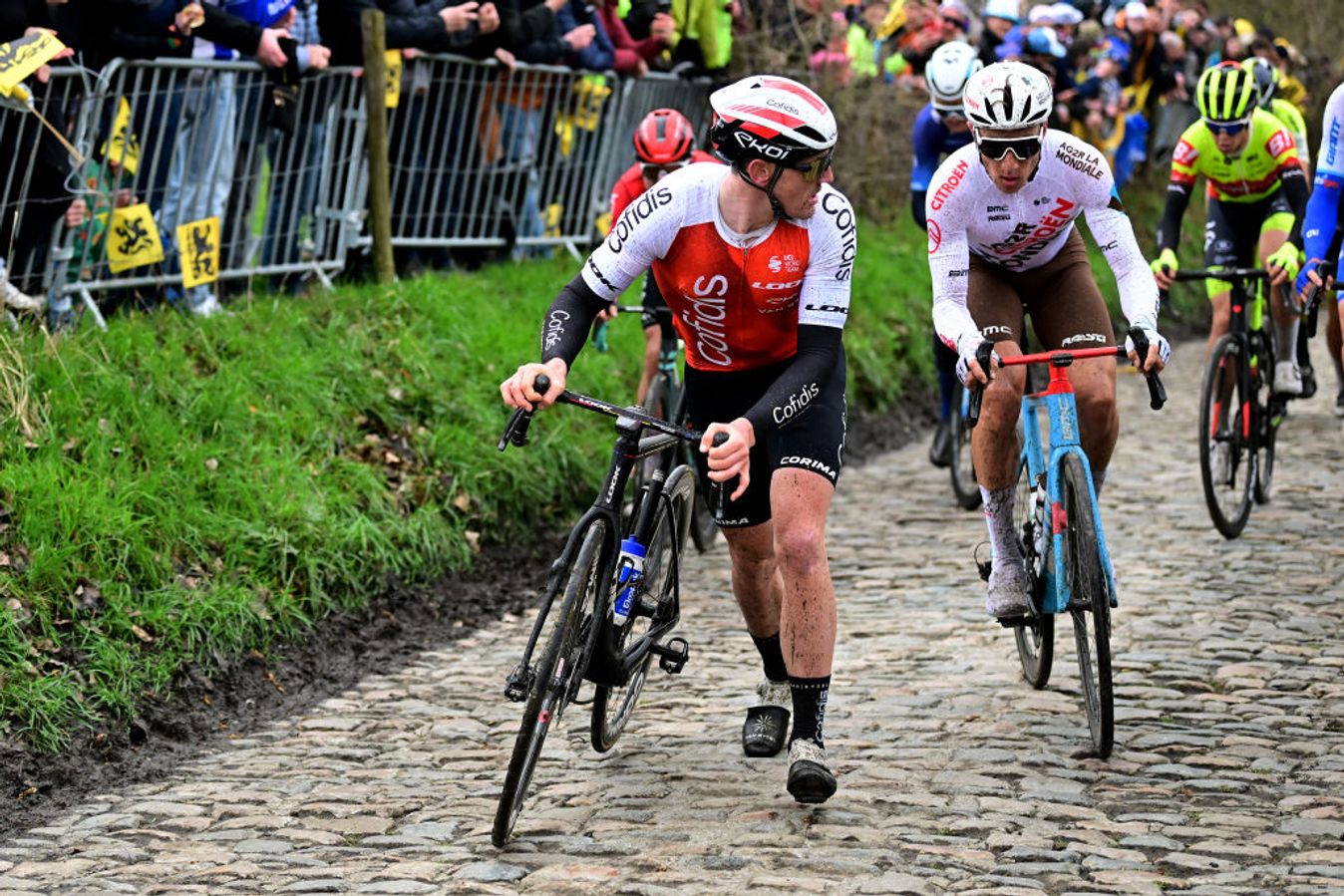
© Getty Images
Even the pros have to walk up the Koppenberg sometimes
In spite of this difficulty, or perhaps because of it, the Koppenberg is a cherished icon of the Flemish Ardennes. Its nickname, De Bult van Melden (The Bump of Melden) might be a cruel misrepresentation of its severity but its status as a protected national monument is a testament to the locals’ love for it, as it is to Belgium’s love for cycling.
Pair it with: You’re within striking distance of Oudenaarde if you need to go and recover, but you’re also well placed to head over to the Steenbeekdries/Stationsberg and the Taaienberg.
3. Taaienberg
- Strava footfall: 93,358
- Stats: 0.53km / 6.3%
- KOM: Wesley Van Dyck - 1:01
- QOM: Carina Schrempf - 1:26

© Kramon
The Taaienberg cobbles
We wonder how much Tom Boonen has to do with the Taaienberg’s podium position. It’s probably the most ‘ordinary’ climb in the top five, and yet it beats out two very big hitters indeed. The Taaienberg, though, goes by another name, and that’s ‘Boonenberg’. This was the favourite climb and regular launchpad for Tom Boonen, three-time winner of the Tour of Flanders and not only one of Belgian cycling’s all-time greats but a rider who transcended his sport and became a national celebrity. ‘Tommeke’ would attack on the Taaienberg with such regularity and to such great effect that the climb was essentially rebadged in his honour. There’s even a very weird bronze statue of his legs at the top.
The Taaienberg measures barely 500 metres and rises steeply in a straight line, beneath an arch of trees, before bending slightly to the right and shallowing off. The cobbles are harsh at the bottom but if you’re doing your best Tom Boonen impression you won’t even be touching them. On the right-hand side lies a dipped strip of concrete, known as the gutter. It’s astonishing to watch the pros attack all-out on such a narrow section of uphill road, so close to the fans and the grass on one side, and the cobblestones on the other. It’s a lot harder when you’re not pulling 25km/h and you’re swinging both body and bike.
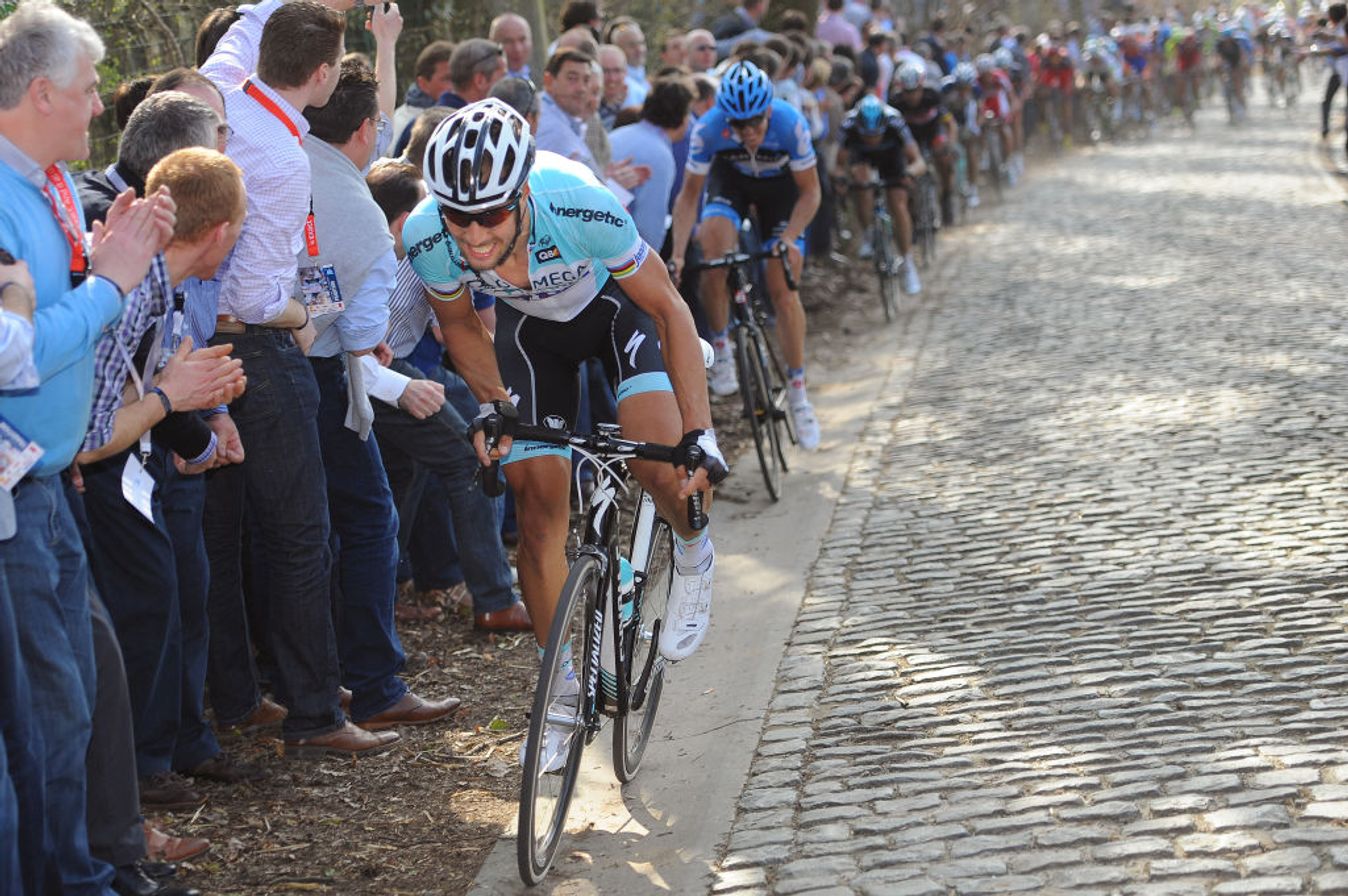
© Getty Images
Tom Boonen ripping it up the Taaienberg back in the day
It would only seem right that the fastest time on the Taaienberg would belong to Boonen, but he’s not on Strava so we can’t be sure. The course record is held by a local KOM hunter who also has the Berendries from the same ride, while the QOM comes from a pro doing a recon ride of the Tour of Flanders.
While the top two climbs on this list are masochistic suffer-fests, the Taaienberg feels more like a climb you can actually ride, rather than merely survive.
Pair it with: At the top of the Taaienberg you’re surrounded by options and you can’t really go wrong, but why not head over to the Kaperij cobblestones, where you’ll also find a few more climbs like Forrest and Steenbeekberg.
4. De Vesten & De Muur
- Strava footfall: 80,573
- Stats: 0.91km / 6.8%
- KOM: Fred Wright - 2:15
- QOM: Demi Vollering - 2:48
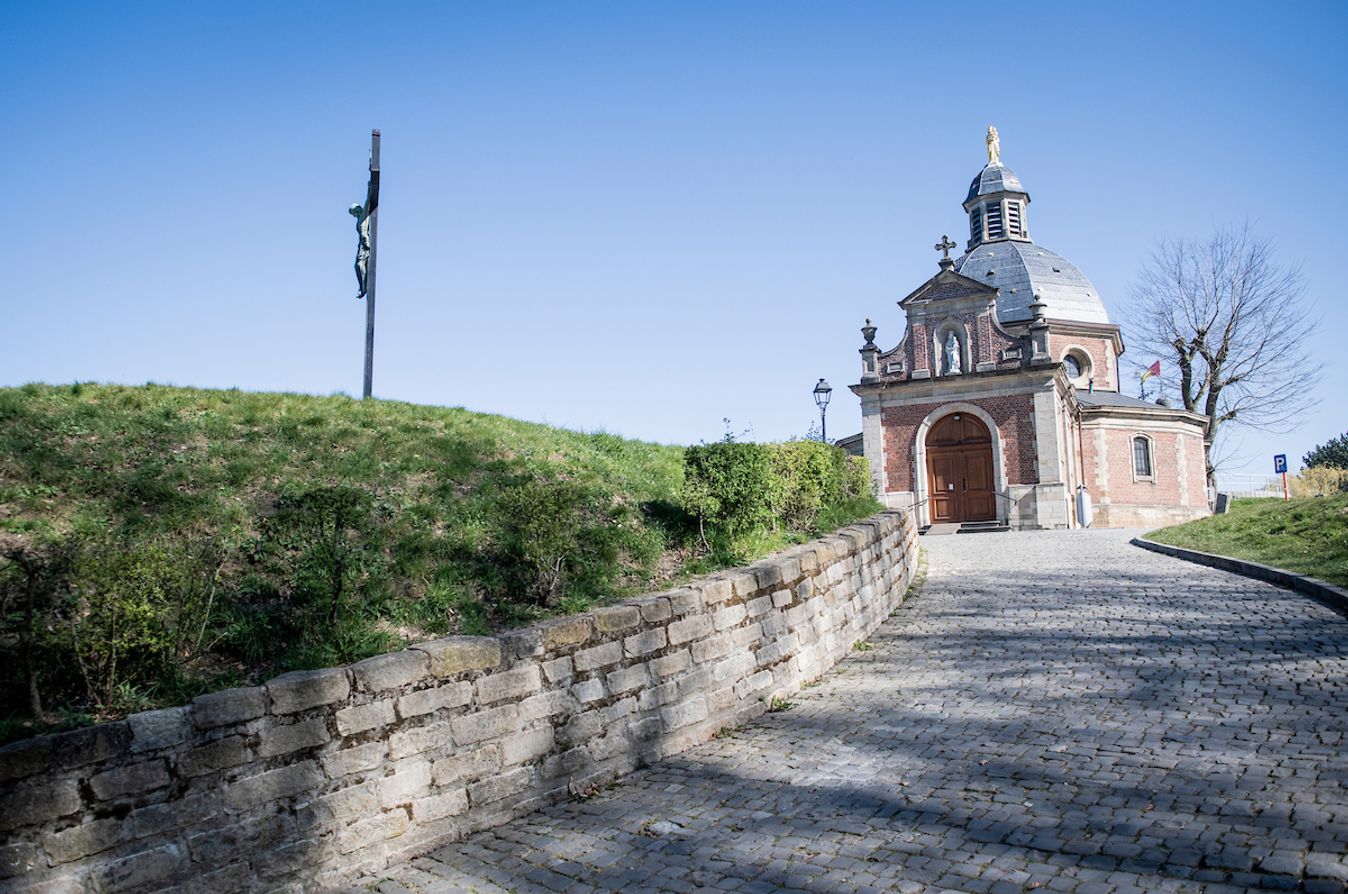
© Kramon
The Muur van Geraardsbergen features a stunning chapel at the top
That name might not sound too familiar but what we’re talking about here is the Muur van Geraardsbergen. Other names include the Kapelmuur – in reference to the chapel at the top – or simply the Muur. If you can’t picture it by now, there’s no helping you, as it’s one of the most iconic climbs not just in Belgium but in all of cycling.
De Vesten is essentially the climb out of Geraardsbergen, to the foot of the Muur proper. It’s nowhere near as steep but it’s all part of the experience as you twist up out of the town on the cobbles, and onto the steep slopes of the Muur, which by the way means ‘wall’.
The Muur has it all. It’s difficult, it’s cobbled, it’s in a stunning setting, and it comes with bags of history.
Let’s start with that first aspect. At around 100 metres of elevation, this stakes a claim to being the hardest climb in the Flemish Ardennes. What’s more, the 20% pitches come on a snaking section towards the top. As for the cobbles, they were relaid several years ago, and while a little of the old sting might have been taken out of them, they are still anything but smooth.
The setting comes courtesy of a magnificent chapel that looks over the hillside. Cycling is often spoken about in religious terms in this part of the world and riding up to the chapel is a pilgrimage of sorts for many cyclists. Then there’s the small wall and the giant bank of earth on the final bend towards the top, which acts as a de facto stadium and provides one of the most atmospheric backdrops to bike racing anywhere in the world.
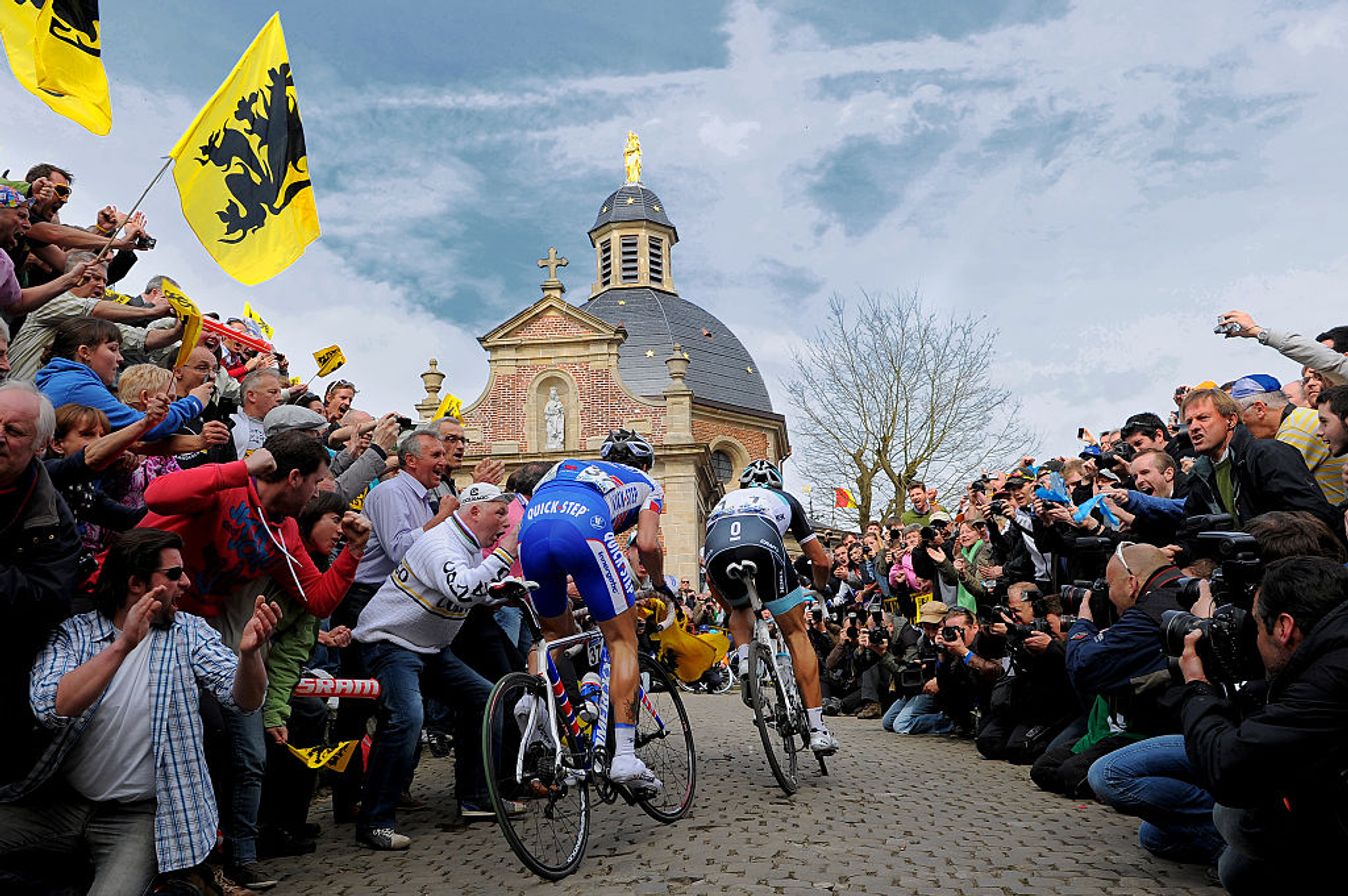
© Getty Images
Fans used to pack the Muur van Geraardsbergen for the Tour of Flanders
As for that racing, the Muur is a giant of the Tour of Flanders, even if it has been demoted in recent years. First introduced in 1950, and consistently from 1970, when it was given the hallowed slot of the final climb of the course. It later became the penultimate climb in a partnership with the Bosberg, but when the organisers remodelled the course in 2012 around the more lucrative Oude Kwaremont, where they could erect their sweeping VIP tents, the Muur was left in the lurch. It was still included, but early in the race, which many saw as a token gesture after selling off some of the soul of the race. In any case, the Muur still remains a mythical part of the cycling fabric.
Pair it with: The Bosberg, keeping that much-loved old Flanders finale alive and kicking.
5. Oude Kwaremont
- Strava footfall: 80,483
- Stats: 2.11km / 4.3%
- KOM: Tadej Pogačar - 3:52
- QOM: Annemiek van Vleuten - 5:07

© Kramon
The Oude Kwaremont is serene when the races aren't in town
The Oude Kwaremont may have snatched the Muur’s slot in the Tour of Flanders, but it will never take its slot in the Strava popularity stakes. Well, that’s probably not true, as it’s snapping at the heels already, but for now, the Muur still retains a degree of pride.
Anyway, the Kwaremont, though not quite as spiritually pure, is actually a belter of a climb. It’s quite unlike anything else, as it’s significantly longer than any of the other climbs, at 2.2km. The thing about those 2,200 metres is that they contain pretty much every gradient between 0 and 13% You start out on tarmac and the gradient ramps up and up, and just when it’s getting painful you’re hit with some horrific cobblestones, before the gradient reaches its steepest at the mid-section. There’s some respite at a village square that seemingly comes from nowhere, and the gradient flattens out as you head out onto the open hillside again. You can really get your speed up there, but it then kicks up again for a short while before the final narrow stretch at the top.
Even Muur enthusiasts will concede that the Kwaremont makes for a thrilling spectacle, even if most are watching from those vast white VIP tents we’ve mentioned above. Like it or not, the Oude Kwaremont has become the central climb of the Tour of Flanders, tackled three times - once as a wake-up call for the champagne swiggers, then twice in combination with the Paterberg deep into the finale.
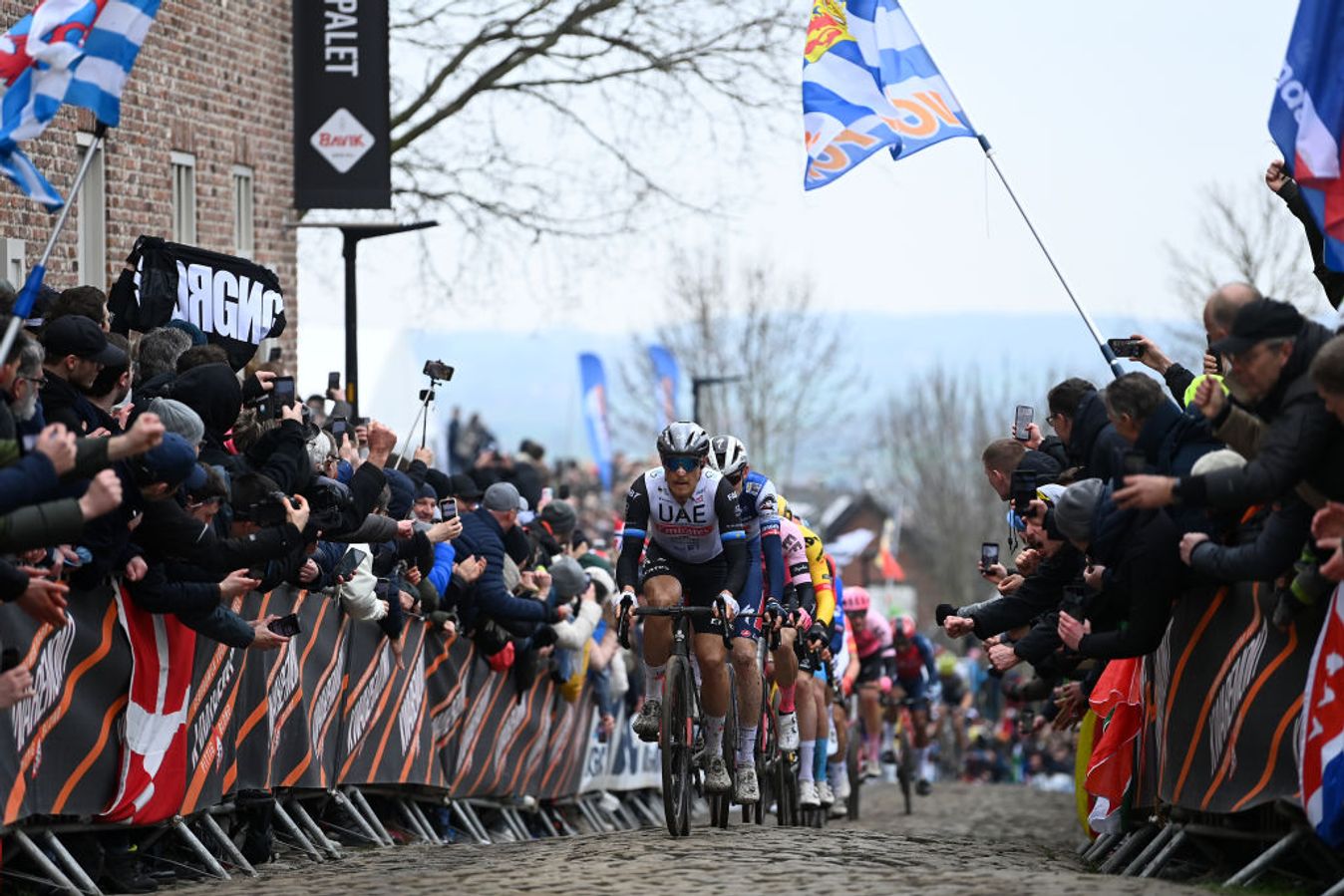
© Getty Images
Riders on the middle part of the Oude Kwaremont during the Tour of Flanders
It’s seen many memorable moments already, not least the infamous stray jacket that took out Peter Sagan while in hot pursuit of long-range attacker Philippe Gilbert - would he have won without that stroke of misfortune? More recently, two-time Tour de France champion Tadej Pogačar effectively remodelled the Tour of Flanders with a trio of assaults on the Kwaremont in 2023, using its sheer length to effectively take the race away from the traditional Classics riders.
Pair it with: The Paterberg, obviously. Pretend you’re alone out front on the cusp of winning the Tour of Flanders.
6. Berendries
- Strava footfall: 79,878
- Stats: 0.87 km / 7.6%
- KOM: Wesley Van Dyck - 1:27
- QOM: Liane Lippert - 2:00

© Kramon
The Berendries is a tarmac ramp lined by suburban houses
There’s not much room for argument when it comes to our top 5. They have the most renown and would be first to people’s lips if you asked them to start naming climbs in Flanders. The iconic Kemmelberg could have a say but it lies out west in Heuvelland, way away from the concentration of climbs in the Flemish Ardennes, and as such doesn’t get anywhere near the top 10 in the popularity stakes.
As for the rest of the climbs that make up that top 10, we start with the Berendries, a curious climb that always looks fairly benign but actually turns out to be a bit of a brute.
Compared to the climbs above it on this list, the Berendries has a completely different feel to it. For starters, it’s not cobbled. Quite the opposite; the tarmac is super smooth. It also lacks the gritty farmyard vibe, lined not by trees but by medium-sized suburban houses on either side. The road is sort of sunken, first beneath grassy banks and then those houses, which represent the steepest part of the climb in the middle, at 10%.
The Berendries has a rich history, part of the medieval highway between Oudenaard and Ninove, and marked on the maps made by Joseph de Ferraris in the 1700s. It’s famously Greg Van Avermaet’s favourite climb and it’s a hotspot for fans on race day.
Pair it with: You’ve got a couple of cycling-themed bars at the top for a pitstop, but you can also hop over to the Haaghoek-Leberg, and/or the Pottenberg.
7. Kanarieberg
- Strava footfall: 76,162
- Stats: 0.92km / 9.2%
- KOM: Quinten Hermans - 1:50
- QOM: Anna Zita Maria Stricker - 2:24
%20Too%20Soon%20Too%20Late%20%C2%A9%20%20Too%20Soon%20Too%20late.jpg?w=1348&auto=format)
© Too Soon Too Late
The Kanarieberg takes you up into the woods
The Kanarieberg takes its name from the Flemish for ‘canary’ but there’s nothing sweet about this. With an average gradient of nearly 10%, and running almost a kilometre, this is one of the toughest climbs you’re going to face in this area. It’s not cobbled, but it’s hard enough not to need to be. In fact, in terms of elevation gained (85 metres), it’s topped only by De Vesten & De Muur.
The appeal of the Kanarieberg may lie in its stats but also its setting, rising up into the Muziekbos - the ‘music woods’. In fact, the top of this hill is surrounded by woods, with lanes running through them.
The appeal certainly doesn’t come from the racing. The Kanarieberg was only introduced to the Tour of Flanders in 2014, and it’s now being taken out. “The riders took risks in the run-up to it, there were crashes, only to see that the climb was done at a slow pace,” bemoaned the organisers.
Pair it with: Get lost in the woods. If you’re on a gravel bike, even better. Alternatively, it’s a short cruise into Ronse for the Oude Kruisberg.
8. Valkenberg
- Strava footfall: 74,430
- Stats: 0.58km / 6.9%
- KOM: Jenna Berckmoes - 00:58
- QOM: Katrien Maes - 1:22
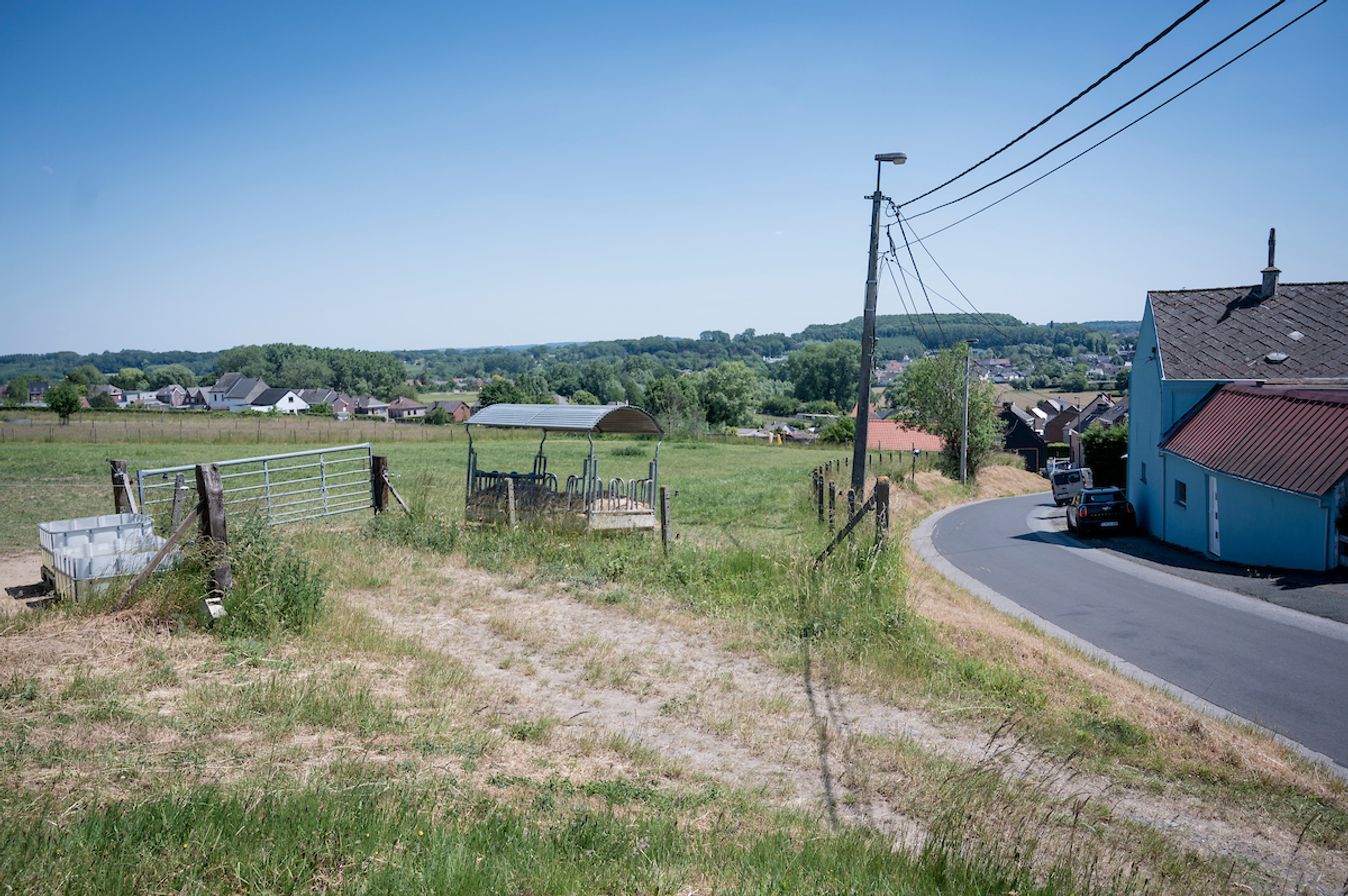
© Kramon
The Valkenberg used to be cobbled, but is now an asphalt climb
The Valkenberg is a historic climb, but carries a sense of shame; it was cobbled, but now it’s not. It used to be one of the great cobbled bergs of the region and was introduced to the Tour of Flanders way back in 1959. However, in 1973 the authorities removed the cobblestones, levelled it off, and poured a load of tarmac into it. From a transport perspective, it perhaps made sense. From a cycling perspective, a legendary climb has become something rather ordinary.
Following its tarmacking, it was banished by the Tour of Flanders and made to endure an exile of 23 years before its return in 1996. It has been used on and off in recent years and is consistently visited by the smaller Classics, but it’s never the sort of climb that generates much excitement or drama.
That said, it has enough about it to keep riders coming here to test themselves on its slopes. The Flandrien Challenge segment of the climb measures 0.58km but the hill as a whole is nearer 900 metres. You’ll be climbing out of Brakel and it’ll continue to drag beyond the summit of the segment, so as a whole it feels harder than its stats suggest.
The climb is well placed very near Brakel, which is a good central base for exploring the Flemish Ardennes and offers views over the town from the top. Another one with a bird in the name, Valk means Falcon in Flemish.
Pair it with: The Berendries is the shortest of hops away, if you can bear to do two asphalted climbs in a row.
9. Leberg
- Strava footfall: 70,484
- Stats: 0.86km / 3.8%
- KOM: Jonas Volkaert - 1:09
- QOM: Sofie De Vuyst - 1:32

© Kramon
The Leberg is a gentle climb but comes straight after the Haaghoek cobblestones
The Leberg isn’t much of a destination in its own right, but its appeal is enhanced by its proximity to Haaghoek, which is perhaps the biggest and best strip of flat cobblestones to be found in Flanders. There aren’t all that many of these non-climbing sectors of ‘kasseien’, as the cobbles are known, and to be fair this one does undulate rather than being a pan-flat thunderer à la Paris-Roubaix, but at 1.85km it’s a beast that has built a strong reputation.
Anyway, enough about Haaghoek. The Leberg itself is a deceptive climb in two parts. At the bottom, you have the steep gradients, which kick up almost as soon as you’ve turned your bike onto it. You quickly rise out into the open countryside and the gradient tails off dramatically. However, you’re exposed to the wind. In the races, it’s one of those climbs where riders don’t blast away on the steep stuff, but the group can stretch and split ‘over the top’.
For the rest of us, it can be a real grind in the wind, when you feel like the hardest part should be behind you and your speed should be higher.
Pair it with: The Haaghoek cobblestones are the only acceptable approach to this climb. You can then descend the Pottenberg and you’re not far from the Molenberg.
10. Mariaborrestraat-Steenbeekdries
- Strava footfall: 70,374
- Stats: 1.23km / 1.9%
- KOM: Marco Haller - 1:39
- QOM: Demi Vollering - 2:16

© Kramon
The Mariaborrestraat cobbles drag up and onto the Steenbeekdries climb
With an average gradient that doesn’t even scratch 2%, you’re probably wondering, ‘what is this doing in the top 10 best climbs in Flanders?’ Well, what’s happened here is Cycling in Flanders have essentially smashed two segments into one.
For many, the Mariaborrestraat and Steenbeekdries are separate entities, the latter being the climb proper. In the races, for instance, you’ll often find the former listed as a ‘flat’ sector of cobblestones. Still, it’s more of a grinding false flat, and it does bleed straight into the Steenbeekdries, so we reckon it’s fully justified to treat them as one long test. Also, the cobbles here are rattly as anything, so it’s certainly a slog. The Steenbeekdries itself measures around 750 metres, winding up through the trees at a gradient of closer to 5%.
At the top, the Steenbeekdries itself bleeds straight into the Stationsberg, the other side of the hill, which in this case runs downhill. Now there aren’t too many of these cobbled climbs you’re going to want to descend but the Stationsberg, named after the train station at the bottom where you have to cross the tracks, is gentle enough to be fun - just about. Your hands will ache from holding on so tight and you’re bound to catch sight of a stray bidon that’s jumped out of its cage.
Pair it with: There’s only one thing to do here really - down the Stationsberg and up the Taaienberg.
Have you ridden any of these climbs? Which is your favourite? Let us know your experiences in the comments below.
.png%3Frect%3D54%2C0%2C992%2C660%26w%3D1280%26h%3D852%26auto%3Dformat&w=3840&q=90)

